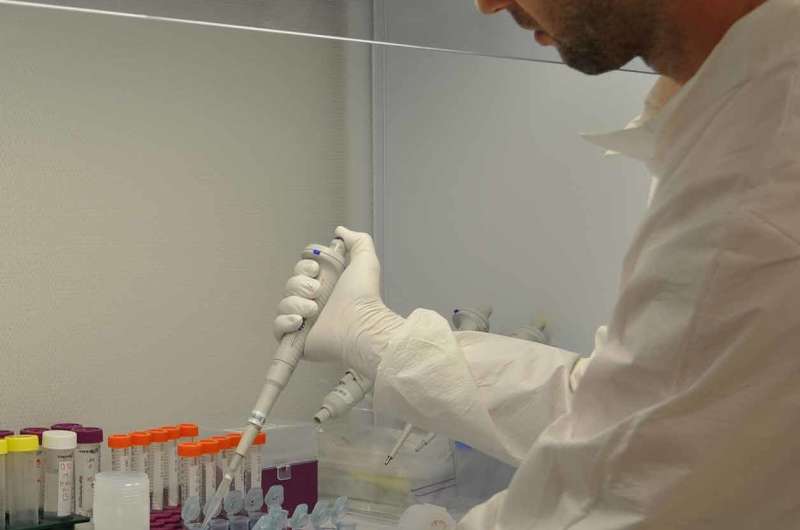New discovery helps authorities pinpoint origin of heroin

Researchers at Florida International University's International Forensic Research Institute (IFRI) have zeroed in on a unique component of heroin that could pinpoint where it was grown, giving authorities a new tool to potentially disrupt the nation's opioid crisis.
"The DEA wanted to know specifically whether elemental analysis could determine where heroin was coming from," said Joshua DeBord, a chemistry Ph.D. student at FIU who is the co-author of a recent study validating the effectiveness of the new method. "It's helpful for them to develop intelligence from heroin that is seized."
Heroin is one part of the opioid epidemic gripping the nation, claiming almost 13,000 lives in 2015, according to the U.S. Department of Health and Human Services. There are four areas known for producing heroin – Mexico, South America, Southeast Asia, and Southwest Asia. If drug enforcement agents can determine where heroin entering the United States is manufactured, they can better target domestic and foreign law enforcement efforts.
Examining heroin's chemical structure provides clues to the manufacturing process used to turn opium poppies to heroin. As manufacturers from different regions adopt similar processes, it's harder to tell where a sample came from.
Researchers needed to find something unique in the heroin itself that could not be masked or eliminated in order to determine its point of origin – something the typical manufacturer wouldn't know to look for or care to mask. They zeroed in on the ratio of radiogenic strontium isotopes, which are naturally occurring in bedrock. Strontium isotopes can be found in different ratios among geographic regions depending upon the nature of geologic formation.
Using heroin samples of known geographic origin provided to them by the DEA, researchers were able to measure ratios of strontium isotopes in samples known to come from the four distinct regions.
"We developed robust analytical methods to measure trace elements in the heroin powder at very low levels as well as measure strontium ratios with the help of our colleague at the University of Miami," said IFRI director Jose Almirall, the principle investigator of the study. "We demonstrated, for the first time, that strontium can be used as a chemical marker for geography and geology to differentiate heroin samples from different geographic regions."
The findings from the recent study appear in the journal Inorganica Chimica Acta.
More information: Joshua DeBord et al. Profiling of heroin and assignment of provenance by 87 Sr/ 86 Sr isotope ratio analysis, Inorganica Chimica Acta (2017). DOI: 10.1016/j.ica.2017.07.049
Journal information: Inorganica Chimica Acta
Provided by Florida International University



















